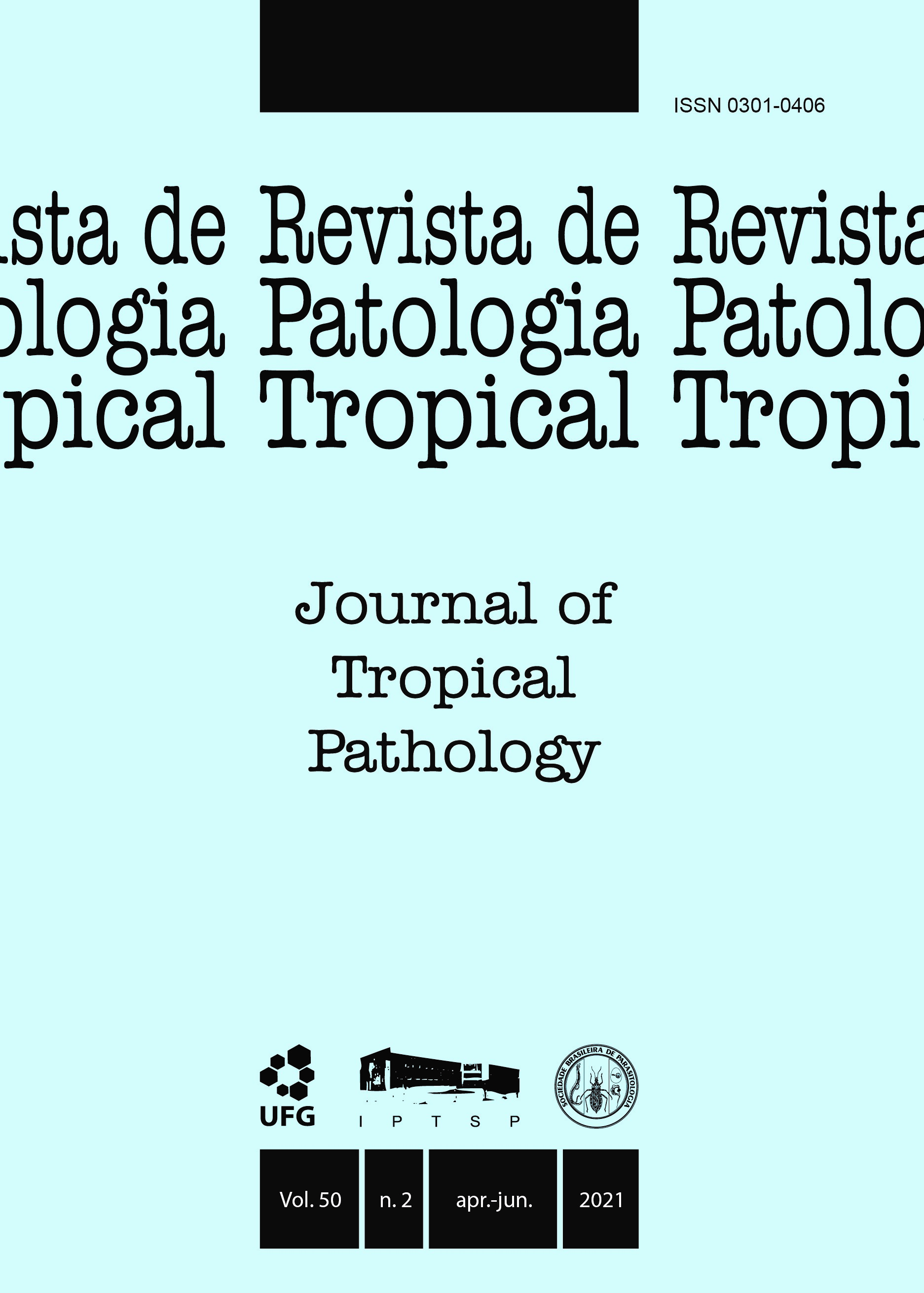Myasthenia gravis and COVID-19: a systematic review of case reports and case series
DOI:
https://doi.org/10.5216/rpt.v50i2.67480Resumo
Myasthenia gravis (MG) is an autoimmune disease involving neuromuscular transmission and possible respiratory failure when concomitant with COVID-19. The aim of this study was to analyze the need for ventilatory support (VS), length of hospital stay (LOS) and mortality in patients diagnosed with MG and COVID-19. In this systematic review, PubMed, SciELO, LILACS, MEDLINE and IBECS databases were searched for primary studies published from January 2010 to March 2021, with no language restrictions. Fourteen eligible studies were identified. The main factor associated with the need for VS was the use of antibiotics other than azithromycin (AZM) for the treatment of COVID-19 (RR 1.60; 95% CI 1.20–2.91; p = 0.009). Patients who used hydroxychloroquine (HCQ) and AZM had almost twice the risk of needing invasive ventilatory support (IVS) (RR 1.94; 95% CI 1.07-3.52; p = 0.16). There were nonsignificant trends towards less need for IVS in patients who used intravenous immunoglobulin (IVIg) and corticosteroid therapy (RR 0.54; 95% CI 0.09–3.26; p = 0.60). There was a trend towards shorter LOS in patients who received therapy with IVIg and corticosteroid therapy [8 (5 - 8) vs 19 (12.2–23.7); p = 0.007]. 10.3% (n = 4/39) died and 100% did not use IVIg or IVIg and prednisone. There was a non-significant trend towards higher mortality in patients who used AZM (RR 2.55; 95% CI 0.26–30.02; p = 0.60). IVIg and corticotherapy presented themselves as a favorable alternative in relation to the outcomes.
KEY WORDS: Coronavirus infections; length of stay; Myasthenia gravis; Respiratory insufficiency.
Downloads
Downloads
Publicado
Como Citar
Edição
Seção
Licença
The manuscript submission must be accompanied by a letter signed by all authors stating their full name and email address, confirming that the manuscript or part of it has not been published or is under consideration for publication elsewhere, and agreeing to transfer copyright in all media and formats for Journal of Tropical Pathology.

